Explore the Best AI Image Gallery

The Augmented Artist: How Wearable Tech is Transforming Creative Expression
From painters wielding digital brushes to musicians composing symphonies with their heartbeat rhythms, wearable technology is rapidly changing the face of creativity. This once futuristic concept has become a tangible reality, empowering artists and designers with unprecedented tools and possibilities.
Wearable Tech: A New Canvas for Expression
Gone are the days when creative expression was confined to traditional mediums like paint, canvas, or musical instruments. Wearable technology introduces a new dimension to artistic creation, blurring the lines between the physical and digital realms.
Harnessing Technology for Artistic Innovation
- Interactive Art Installations: Imagine stepping into an art installation where your movements trigger a symphony of lights, sounds, and projections. Wearable sensors can capture your every gesture, translating it into real-time artistic experiences that are unique to each participant.
- Digital Fashion Design: With the rise of virtual fashion shows and metaverse platforms, wearable tech enables designers to create interactive clothing that responds to the wearers environment or emotions. Imagine a dress that changes color based on your mood or a jacket that displays personalized patterns as you move.
- Gesture-Based Music Composition: Musicians are increasingly utilizing wearables like smart gloves and motion sensors to control digital instruments, compose music in real-time, and create entirely new genres of sonic experiences.
- Augmented Reality (AR) Art Creation: AR glasses and headsets allow artists to overlay digital elements onto the physical world, creating immersive and interactive artworks that engage viewers on a deeper level.
Navigating Ethical Considerations
As with any groundbreaking technology, wearable tech in the creative industry raises important ethical considerations:
Data Privacy and Security
Wearables collect vast amounts of user data, including movement patterns, physiological readings, and even creative outputs. Ensuring responsible data management, transparent consent practices, and robust security measures are crucial to protect user privacy and prevent misuse.
Algorithmic Bias
Creative algorithms used in wearables can perpetuate existing biases if not carefully designed and trained on diverse datasets. Addressing algorithmic bias is essential to ensure equitable access to creative opportunities and avoid reinforcing societal stereotypes.
Accessibility and Inclusivity
Wearable technology should be accessible to all individuals, regardless of their physical abilities or socioeconomic status. Designers must prioritize inclusivity by considering the needs of users with disabilities and creating solutions that are affordable and readily available.
Future Trends in Wearable Tech for Creativity
The convergence of wearable tech and creative expression is only just beginning. Here are some exciting trends to watch:
Brain-Computer Interfaces (BCIs):
Imagine translating your thoughts directly into art, music, or design. BCIs have the potential to revolutionize creative workflows by enabling a more intuitive and seamless connection between mind and machine.
Personalized Creative Experiences:
Wearables will continue to deliver highly personalized creative experiences tailored to individual preferences, learning styles, and artistic goals. Imagine AI-powered assistants that guide you through creative projects, offer personalized feedback, and suggest innovative ideas based on your unique strengths.
Immersive Collaboration:
Wearable tech will foster new forms of collaborative creativity, allowing artists and designers from different locations to work together in shared virtual spaces. Imagine a team of architects designing a building while wearing AR headsets, visualizing their creations in real-time and interacting with each other as if they were in the same room.
Conclusion
The integration of wearable technology into the creative industry is ushering in a new era of artistic expression, innovation, and collaboration. By embracing these transformative tools while navigating ethical considerations responsibly, we can unlock the full potential of wearable tech to empower artists, ignite imaginations, and shape the future of creativity.
](https://images.ai-img.art/thumbnails/150/6a9bb97a3f1c45ab616724cc54bca010cbcc2d658a9c0e4581aa181c88046444.webp)



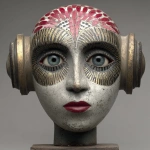



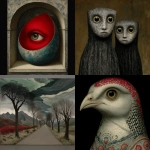







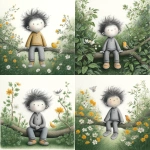
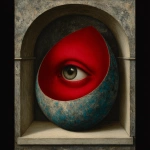

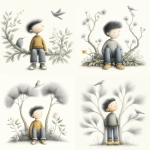
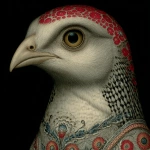



](https://images.ai-img.art/thumbnails/150/1b14bd827b740aca3b0d8efa7ed6865e28c7c8382172f3f565c96b6c5f64ca78.webp)
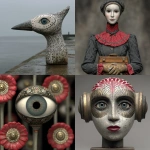
](https://images.ai-img.art/thumbnails/150/45237dfa7845159b860f9e234c48c4418e8efcb52b4d15da4493f46e6a99f337.webp)




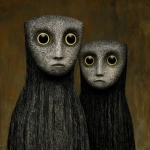






](https://images.ai-img.art/thumbnails/150/6a577517a359cd2bc6212d6b0f12c7cab660841317023550a76c84f409c7f2d0.webp)





](https://images.ai-img.art/thumbnails/150/065f0b2e150f4cc43a9da80d822e8a385e9e50f2f6ff2cc3be7639cfd74952da.webp)




